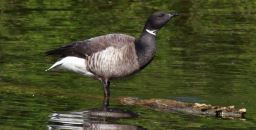Brent Goose Satellite Tracking Project Update
Introduction
Of the five trackers fitted two failed after a short period, one failed in mid-April and one on the 1st May. The final tracker stopped sending data back on 6th June. Work has been undertaken with the suppliers and, as all these trackers are under warranty, all will be replaced at no cost. The supplier has also identified the possible reasons for failure and this can be rectified along with a re-design of the collar, which we hope will help with some issues of feather loss around the base of the neck.
Tracking Results
BRAN01 (Green CD) Adult Female (paired with Green CF)
 Figure 1 - BRAN01 one of the Brent Geese ringed and satellite tracked on 7th January at Blue House Farm
Figure 1 - BRAN01 one of the Brent Geese ringed and satellite tracked on 7th January at Blue House Farm
This transmitter gave data from 7th January to 22nd February when it stopped transmitting and gave 243 location fixes. The bird stayed in the Crouch Estuary for the whole period, apart from one trip to the coast on 5th February see Figure 2. We do, however, know this bird was still alive as of 5th May. BRAN01 was observed on Hallig Hooge (an island in Germany) with an un-ringed bird and what was thought to be its mate CF. Clearly this bird made the migration, although unfortunately due to tracker failure, we were unable to track the route and timing to Germany. However, the three birds we did track all took a virtually identical route so we are assuming this bird took a very similar route.
 Figure 2 - Map for BRAN01 showing four data points each day from 7th January 2019 to 22nd February 2019
Figure 2 - Map for BRAN01 showing four data points each day from 7th January 2019 to 22nd February 2019
BRAN02 (Green CA) Adult Male (apparently un-paired)
This bird stayed in the Crouch estuary until 2nd April (Figure 3) when it moved out to the coast just off Foulness and remained there from 10pm until midnight at which point it flew directly across the North Sea covering 340km in 6 hours (Figure 4).
 Figure 3 - Map for BRAN02 showing four data points each day from 7th January 2019 to end of March 2019
Figure 3 - Map for BRAN02 showing four data points each day from 7th January 2019 to end of March 2019
 Figure 4 - Map for BRAN02 showing the route over the North Sea on night of 2nd and 3rd April then the remainder of April 2019
Figure 4 - Map for BRAN02 showing the route over the North Sea on night of 2nd and 3rd April then the remainder of April 2019
After a short stop on Richel in Netherlands, this bird then moved to Terschelling where it remained until 11th April.
On 11th April, it moved onto the Dutch mainland and remained there until late May. At the end of May, the bird moved very quickly to Germany and then across northern Germany/southern Denmark and on 6th June stopped transmitting whilst staging in Denmark (Figure 5).
 Figure 5 - Map for BRAN02 showing the second movement to Denmark at the end of May up to 6th June.
Figure 5 - Map for BRAN02 showing the second movement to Denmark at the end of May up to 6th June.
BRAN03 (Green CC) Adult Female (Paired with Green DL – also a transmitter bird)
This bird’s transmitter operated from 7th January to 29th January giving 91 location fixes whilst it worked, all in the Crouch Estuary. We know this bird was still alive some weeks after the tracker stopped working as it was observed by David Low at Blue House Farm. It remained in the Crouch Estuary for the whole period. This bird was very faithful to roosting on Bridgemarsh Island and feeding on the grazing fields at Blue House Farm and along the Crouch (Figure 6).
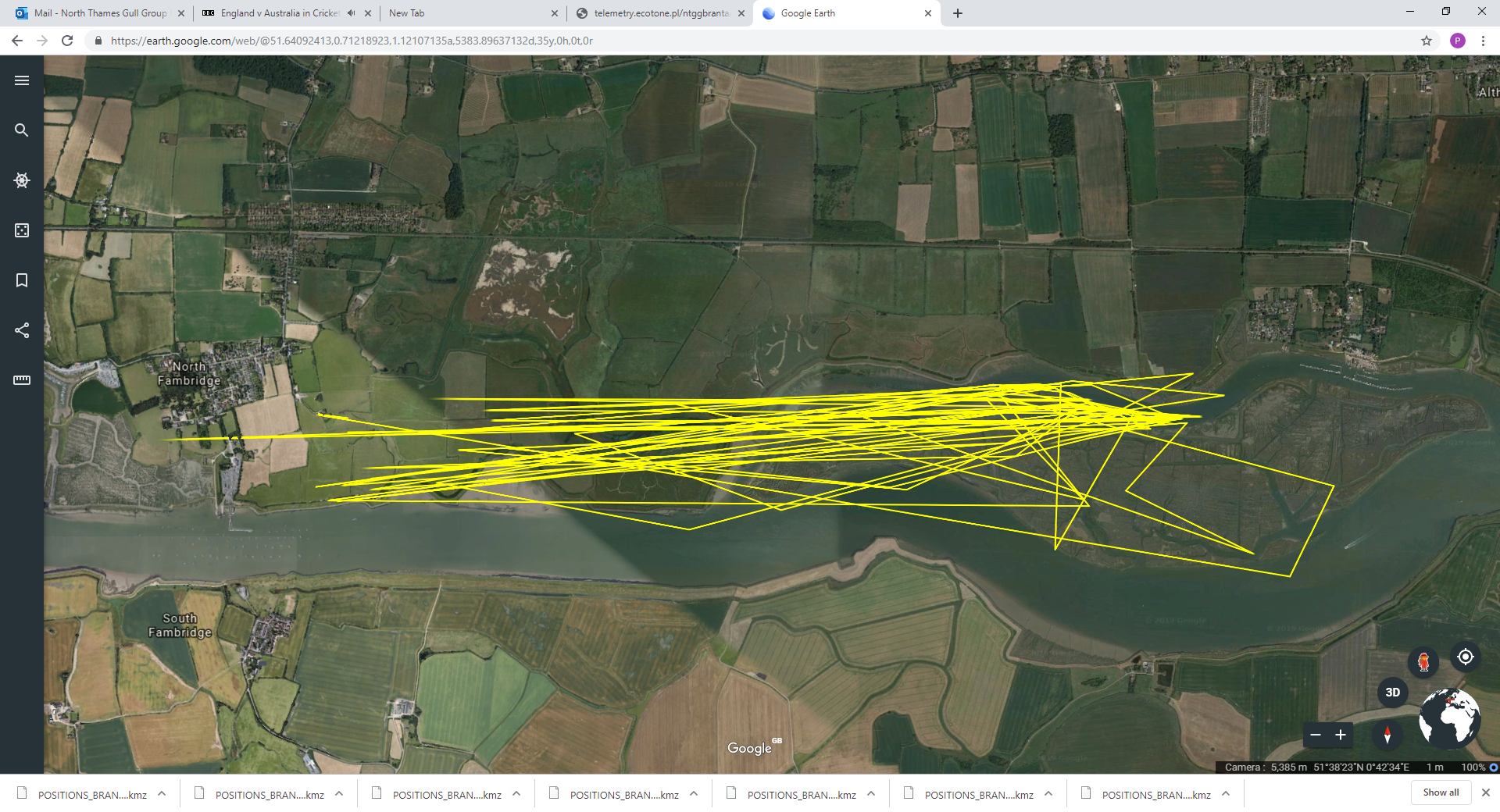 Figure 6 - Map for BRAN03 showing the faithfulness to the Crouch up to 29th January 2019.
Figure 6 - Map for BRAN03 showing the faithfulness to the Crouch up to 29th January 2019.
BRAN04 (Green DL) Adult Male (Paired with Green CC – also a transmitter bird)
This bird remained in the Crouch Estuary until 9th March (Figure 7) when it moved overnight to the Dutch Wadden Sea (Figure 8). It remained here for one day and then on 10th March it took a further flight to Simonsberg in Germany where it remained until 1st May. Unfortunately, on 1st May, the signal appears to have gone down on this tracker and there is no evidence that this bird died so we are unfortunately in a position where it looks like this tracker has now also failed. This tracker gave 732 location fixes whilst it worked.
 Figure 7 - Map for BRAN04 showing the faithfulness to the Crouch up to 9th March 2019.
Figure 7 - Map for BRAN04 showing the faithfulness to the Crouch up to 9th March 2019.
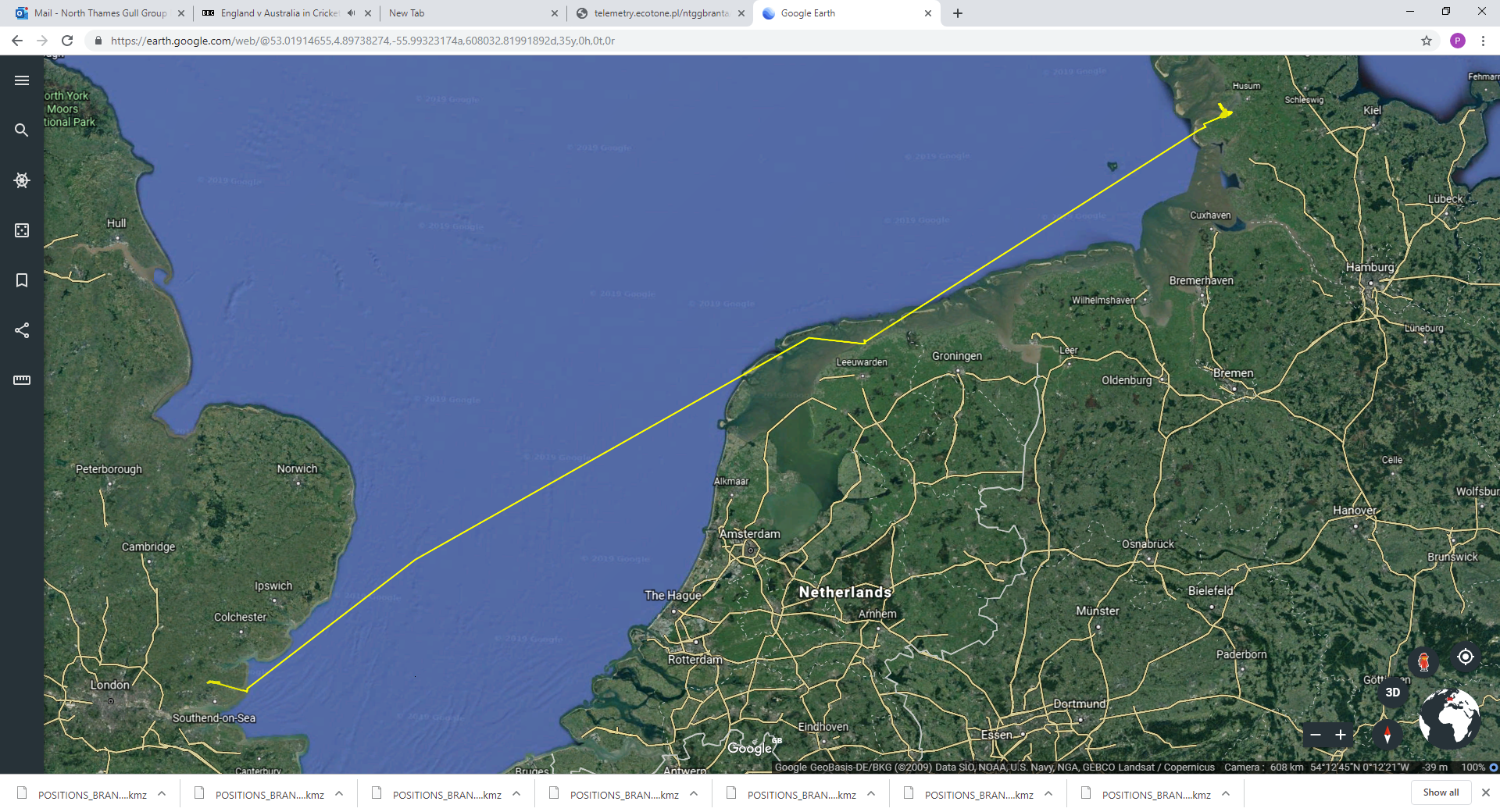 Figure 8 - Map for BRAN04 showing the movement on 10th March and staging up to 1st May 2019.
Figure 8 - Map for BRAN04 showing the movement on 10th March and staging up to 1st May 2019.
The staging in the German estuary, as in the Crouch, showed a very limited area used and Figure 9 shows the area the bird was faithful to through the whole of April 2019.
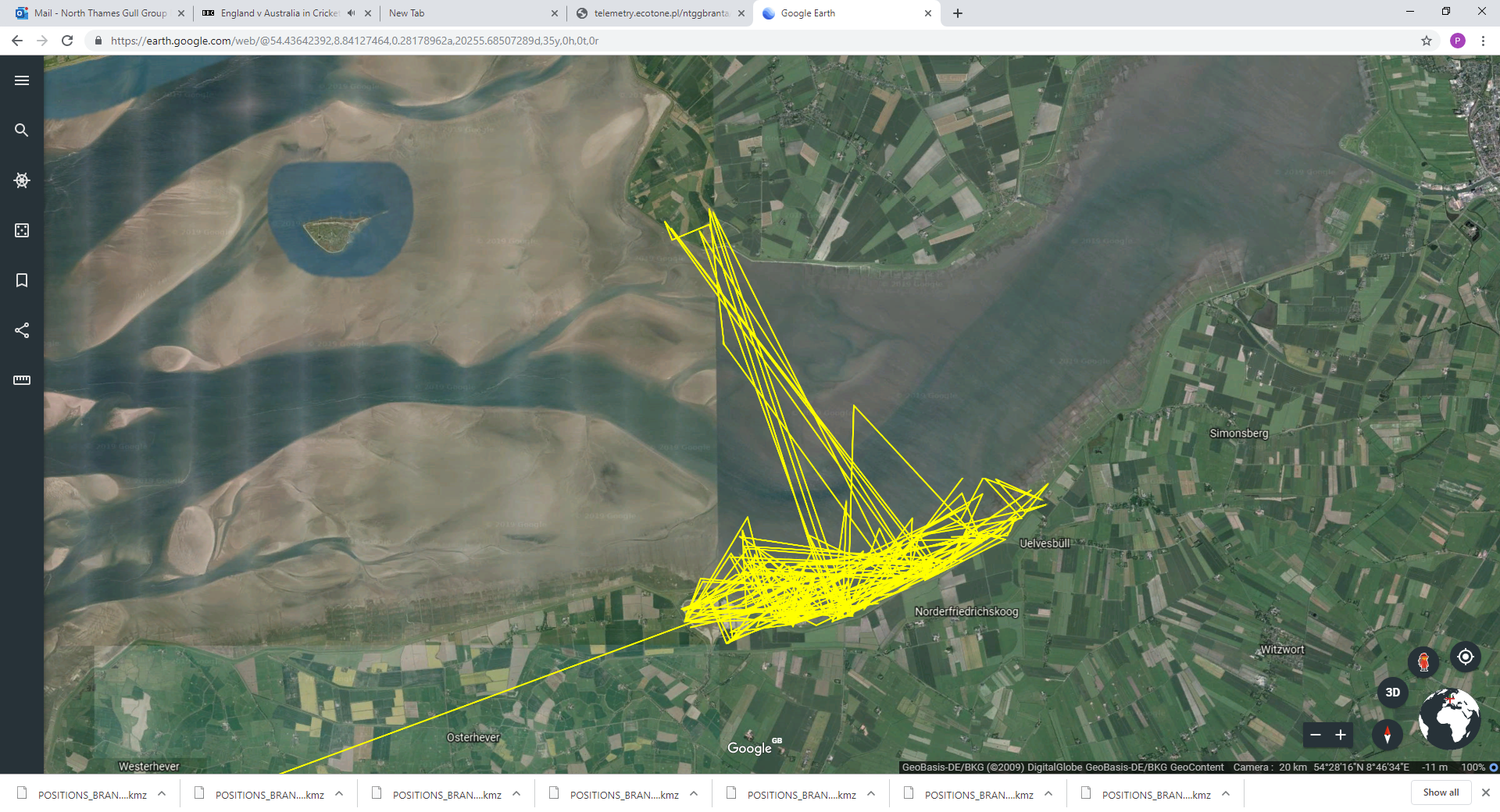 Figure 9 - Map for BRAN04 showing the faithfulness to the German Estuary up to 1st May 2019.
Figure 9 - Map for BRAN04 showing the faithfulness to the German Estuary up to 1st May 2019.
BRAN05 (Green CM) Adult Female (Paired with Green DD)
This bird remained in the Crouch Estuary from 7th January until 13th March (Figure 10).
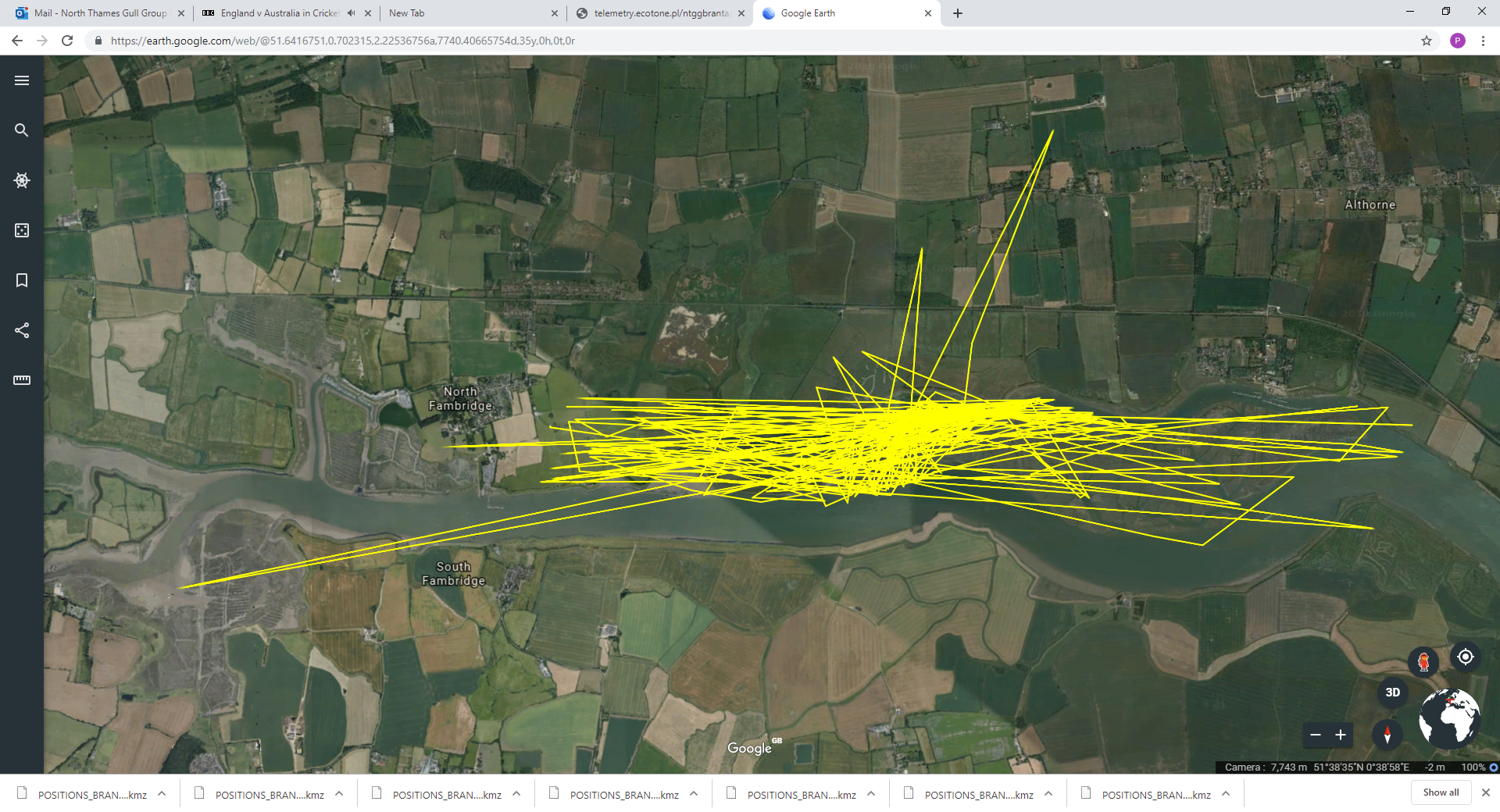 Figure 10 - Map for BRAN05 showing the faithfulness to the Crouch up to 13th March 2019.
Figure 10 - Map for BRAN05 showing the faithfulness to the Crouch up to 13th March 2019.
On 13th March it under took an overnight flight direct to the German Wadden Sea with an apparent short stop on the sea off the coast of The Netherlands. On arrival, it remained for a very short time on Juist before moving to Nordeney where it remained until 20th April (Figure 11).
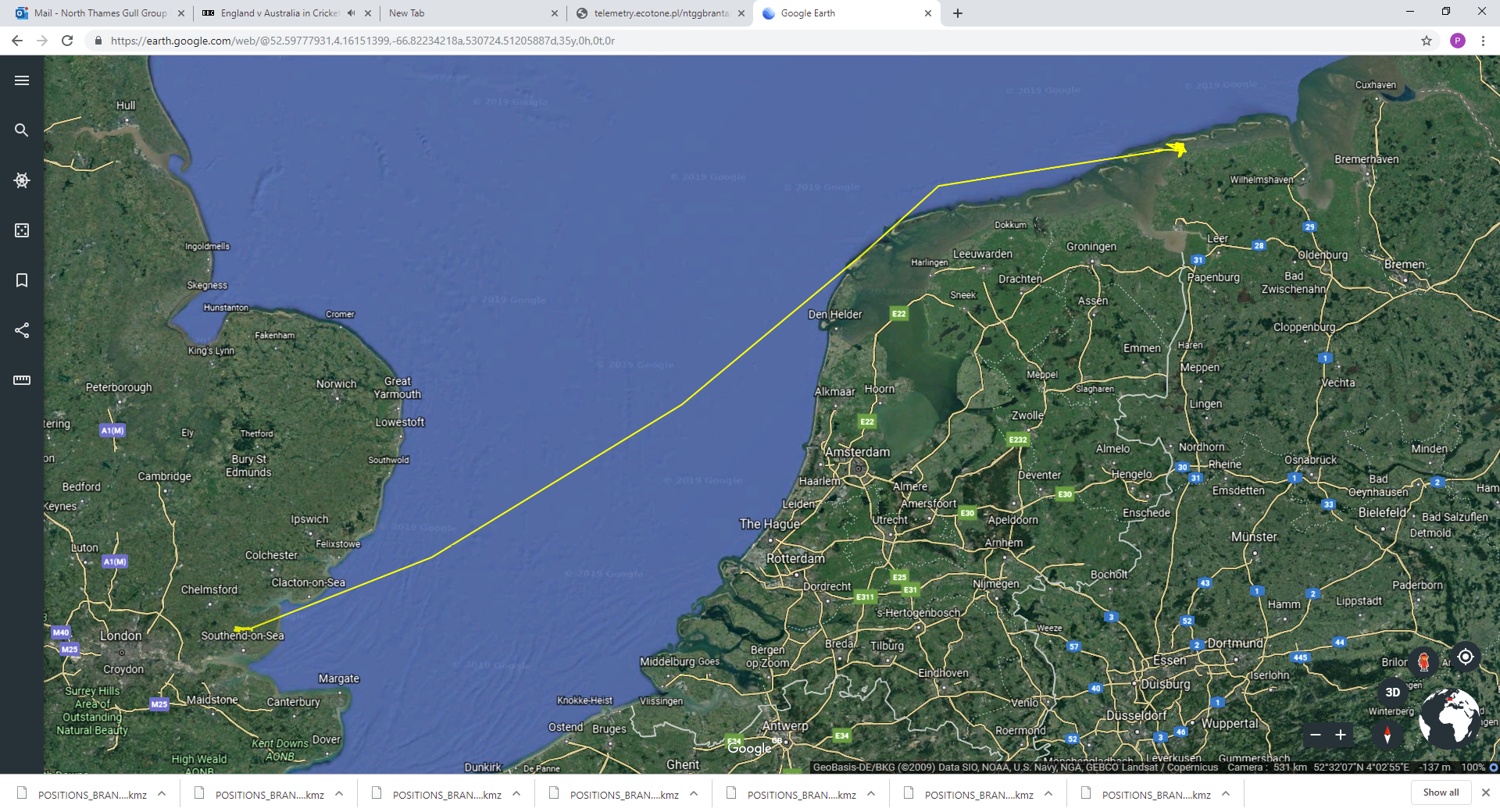 Figure 11 - Map for BRAN05 showing the route taken on 13th March 2019 to the first staging point in Germany.
Figure 11 - Map for BRAN05 showing the route taken on 13th March 2019 to the first staging point in Germany.
This bird then moved on 20th April some 60km further east and gave data for a couple more days before stopping transmitting (Figure 12).
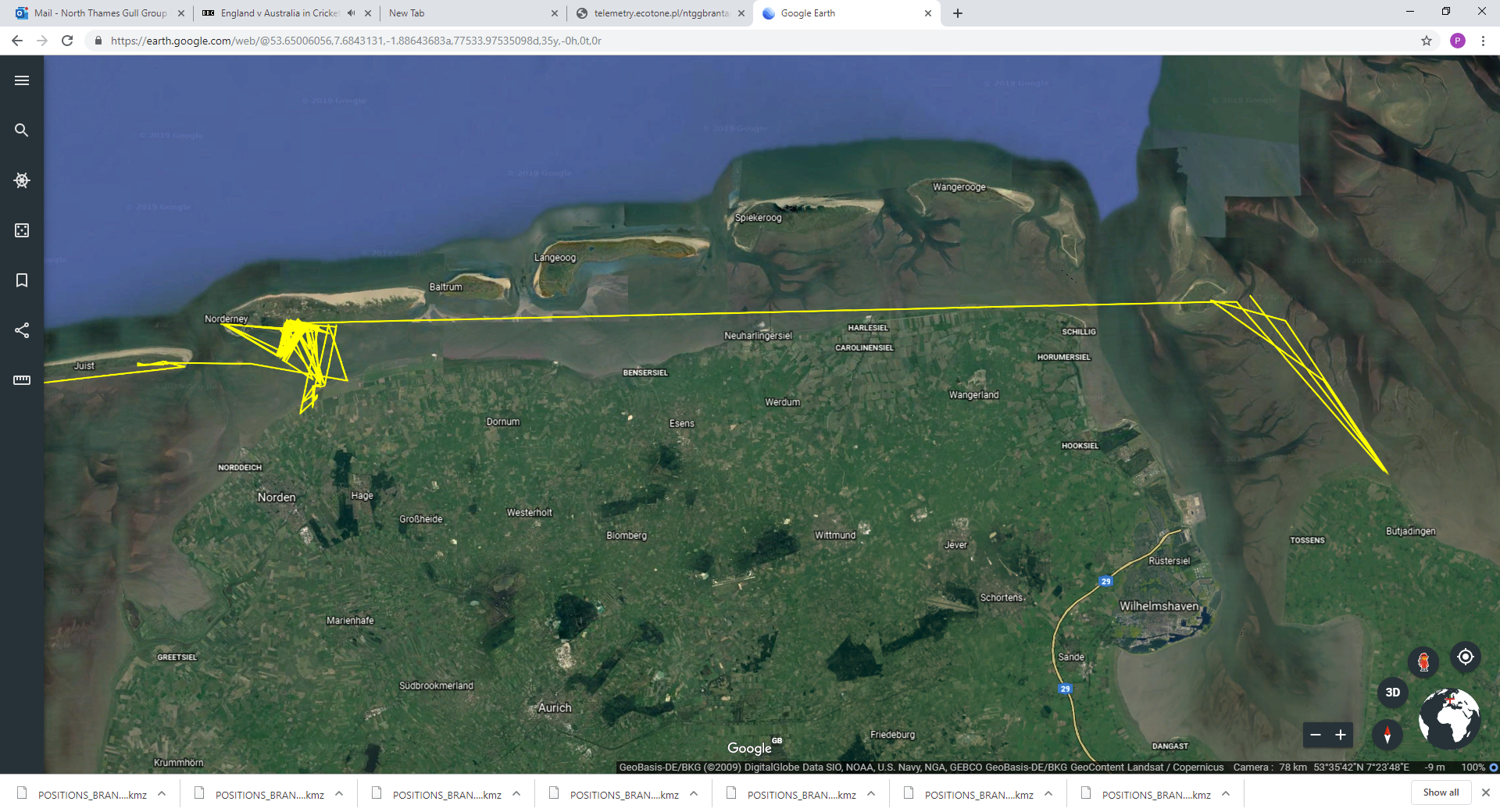 Figure 12 - Map for BRAN05 showing the final jump east from the staging area in Germany up to 23rd April when data stopped transmitting.
Figure 12 - Map for BRAN05 showing the final jump east from the staging area in Germany up to 23rd April when data stopped transmitting.
Summary
The data supplied by the five transmitting birds has yielded some interesting facts. The maps shown above are taken from tracking of four data points a day. However, we are able to interrogate further the system and settings and were also monitored with half hourly data-points downloaded via SMS. This has allowed us to be a little more confident in our analysis and suggestions regarding bird movements and site fidelity.
Firstly, within the Crouch Estuary in Essex we discovered that all the birds were incredibly faithful to the grazing fields at Blue House Farm and local area within a 7km range either side of the river. It also appeared that the north side of the river was favoured and birds used grazing fields rather than crops, which are predominantly on the south of the Crouch. The birds also seemed to favour roosting on one of three saltmarsh areas with the favoured and most used being Bridgemarsh Island. However, other areas of salt marsh were used for roosting at various times, for reasons unknown.
The three birds that were tracked migrating from the UK to their staging areas all made the move at night. Most of them took around six hours to do the 300+ km journey to reach the Dutch coast. All three left around midnight and made landfall at dawn. Analysis shows that the first thing they seem to try to do is find fresh water, probably for a drink and a bath. All three left the Crouch Estuary around 10pm and spent up to three hours just off the coast of Foulness Island before leaving around midnight and flying direct across the North Sea in a shallow curved line towards the north-west coast of The Netherlands. All three seemed to take an almost identical route.
One bird staged in The Netherlands and two in Germany. What has also become clear is that on each staging ground the home range is also quite small and birds are faithful to very tight and small areas. The following is a rough calculation of each home range on each staging area:
BRAN02 – 12km of the Terschelling coast and 4km of the Dutch mainland and no more than 1km from the coast.
BRAN04 – 7km of the German coast where it staged with a couple of apparent trips up to 5km.
BRAN05 – 2.3km of the coast of Nordeney and no more than 1 km off the coast.
It is somewhat disappointing that all of the trackers failed so quickly. Work with the Company has established that there were likely design faults with the neck collars. At least two will be replaced with a modified design and our proposition is to trial these two replacements next winter to see if this improves the return rate of data. We hope to take a further catch this coming winter and fit the replacement satellite trackers to continue the study of Brent Geese in the Crouch Estuary.
Paul Roper for the Southern Colour-ringing Group
First Brent Goose starts journey and moves quickly 10th March 2019
Our first Brent Goose moved this weekend. BRAN04 with Green DL this is the first of our satellite tagged birds to make the jump across the north sea. Moving to the coast near Foulness on Friday night appeared to leave about midnight and was flying over the north sea at 2am. He arrived in Holland and a short stop at 6am then saw the rest of the day on the north Dutch coast. However, Saturday night it took another flight and made it to the German coast and seems to be spending the day here today. We wait to see if he stages here for a while or if he moves more quickly.
Below shows the route he has taken this weekend and we await to see where he actually stages before moving again.

Weekend of Brent Goose catch attempts 4th to 7th January 2019
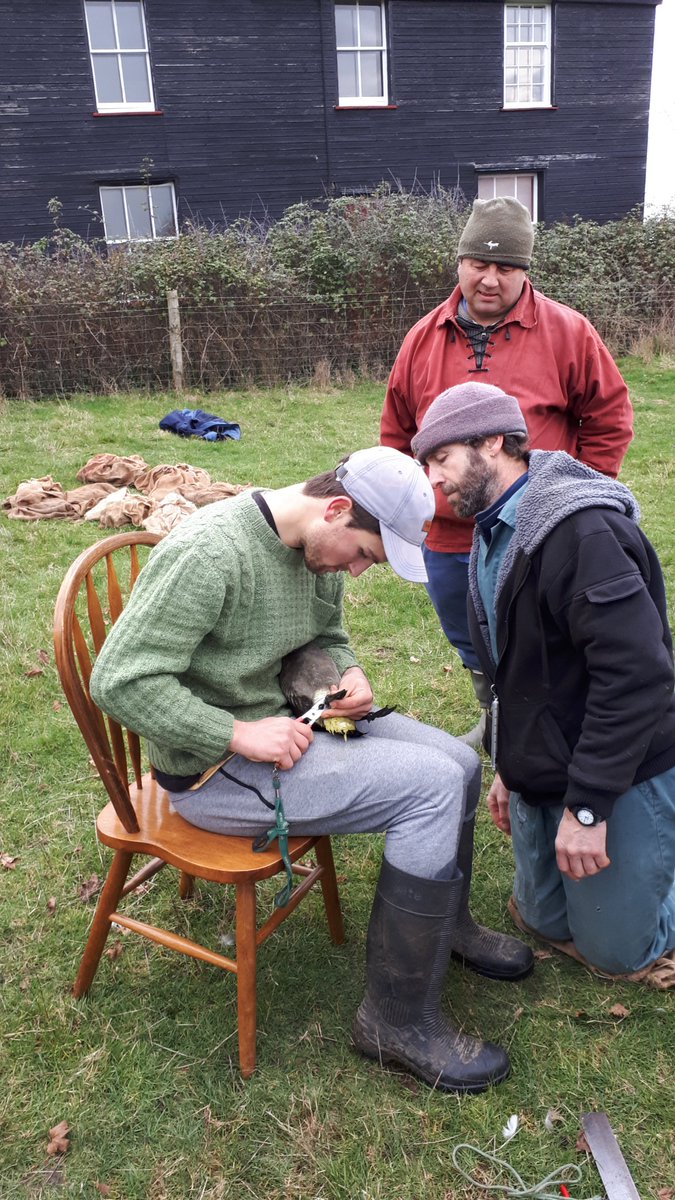
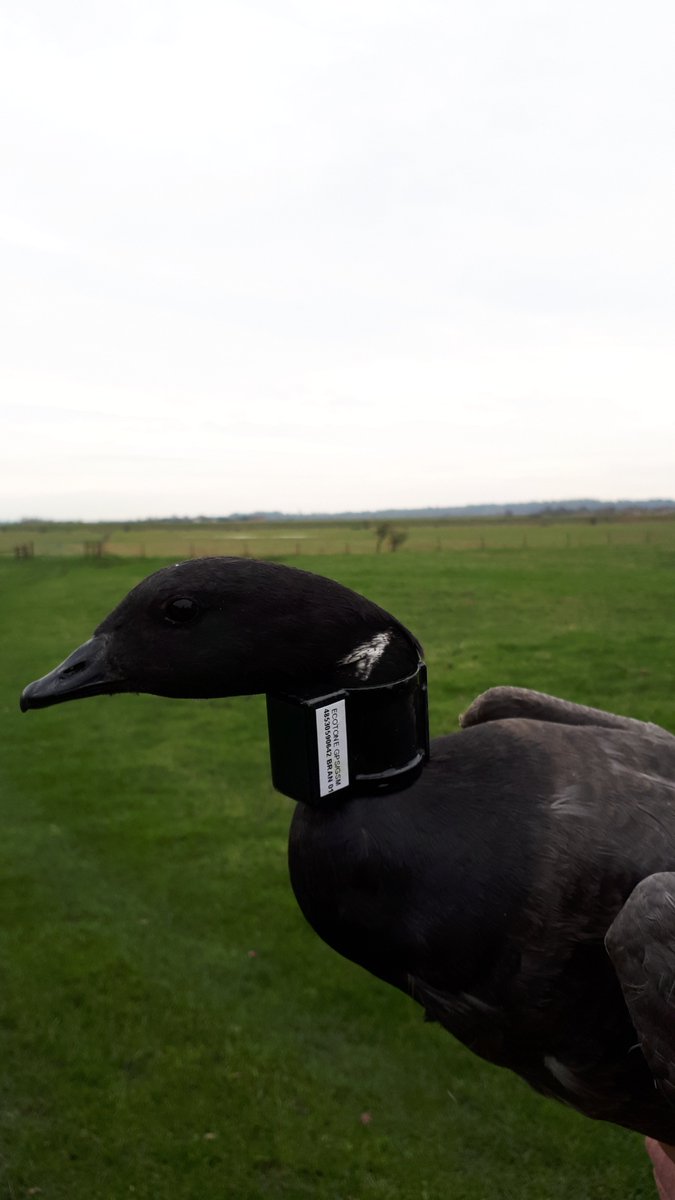
This weekend we visited Blue House Farm once again to attempt to catch Brent Geese. Large fields and plenty of area for geese to feed means this activity is difficult and getting birds into the catching area is often fraught with problems!
Friday we were very close and did fire the net in an attempt to take a small number of birds on the edge of the catching area. Unfortunately the net did not go out properly and birds beat the net away resulting in no birds caught. Saturday was equally frustrating and again although we were very close on a number of occasions we were unable to keep birds in the catching area in any number. We decided not to fire on small numbers (between 1 and 5) and waited for a bigger number of birds. Sunday had other issues and a yachting activity on the river with lots of disturbance saw birds behave very differently although again we were close to getting birds in the catching area it was never quite enough or a settled flock to attempt a catch.
On the fourth day of trying and after some very patient twinkling over about three hours of geese at last a catch for this winter was taken. Around 450 birds were on the field and took a very long time to move across to near the catching area. The catch of 14 birds was particularly valuable as all 14 birds were colour ringed and five birds were fitted with satellite trackers.
| Species | Ringed | Colour ringed |
|---|---|---|
| Brent Goose | 14 | 14 |
Methods
The Southern Colour Ringing Group catches Brent Geese using a cannon net, which involves firing a large net over birds feeding on grazed fields or salt marsh.
Once the net is set and the cannons connected, we wait for geese to be attracted to decoys we have put in the field near the set net. When enough geese are in the area and it is safe to do so, the net is fired.
The team of ringers then removes the geese from under the net and temporarily places them in hessian sacks which are stored in a holding area for processing. Birds are then aged and fitted with an uniquely numbered metal ring. Measurements may be taken to help identify the sex of each goose. We also fit colour rings (green rings with white letters and a two digit code) which allows the birds to be relocated without needing to be recaptured. There are many more bird-watchers looking for colour-ringed birds, than there are cannon netting teams, so this greatly improves our chances of understanding the movements of the birds from the Crouch Estuary.
If you see a bird with one of our colour rings, please send details (ring-code, date, location, species) to This email address is being protected from spambots. You need JavaScript enabled to view it..
Ringing totals
2017-2018 winter totals
| Species | Ringed | Colour ringed |
|---|---|---|
| Brent Goose | 18 | 18 |
2018-2019 winter totals
| Species | Ringed | Colour ringed |
|---|---|---|
| Brent Goose | 14 | 14 |
2019-2020 winter totals
| Species | Ringed | Colour ringed |
|---|---|---|
| Brent Goose | 0 | 0 |
Grand totals
| Species | Ringed | Colour ringed |
|---|---|---|
| Brent Goose | 32 | 32 |
